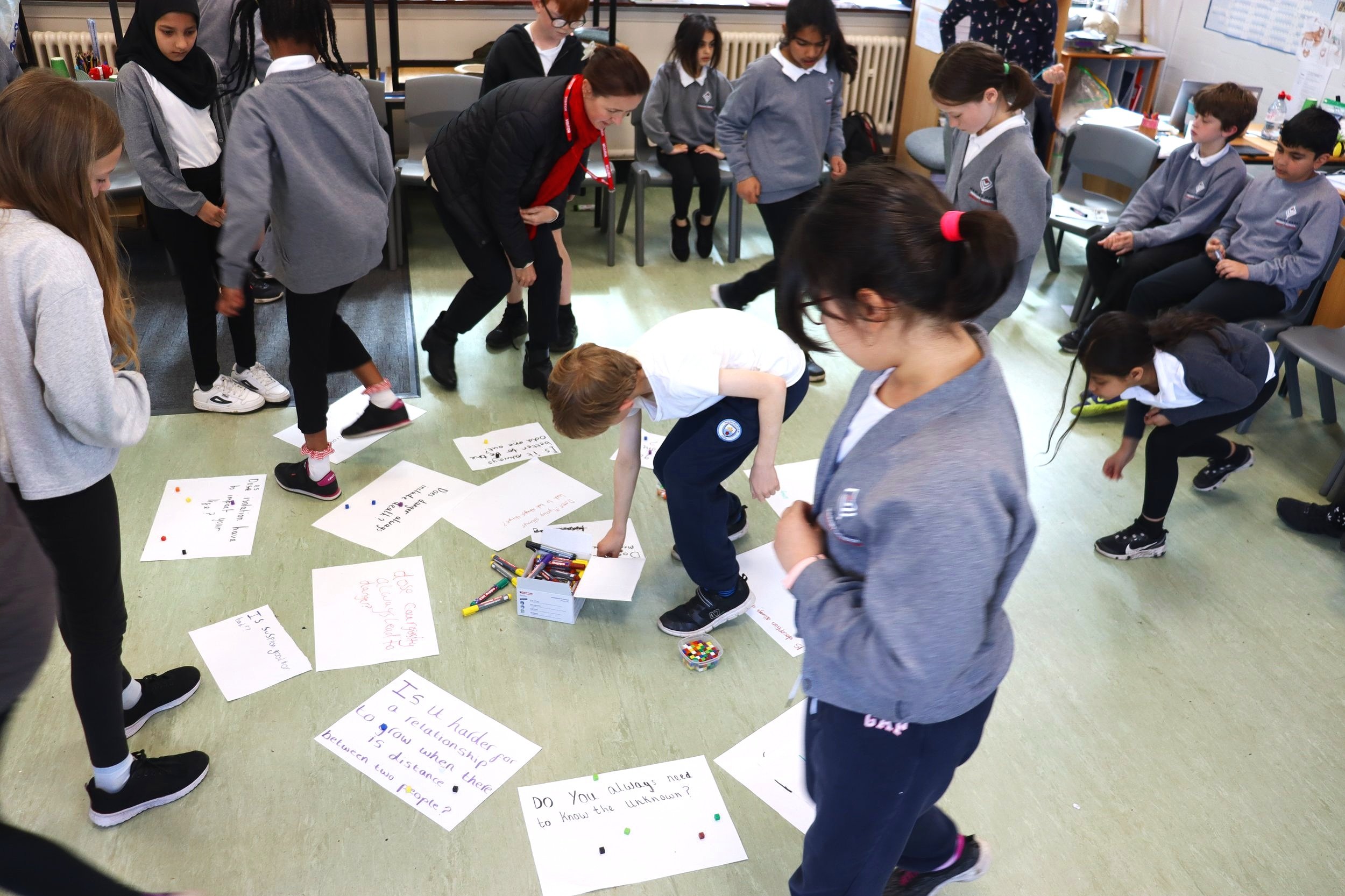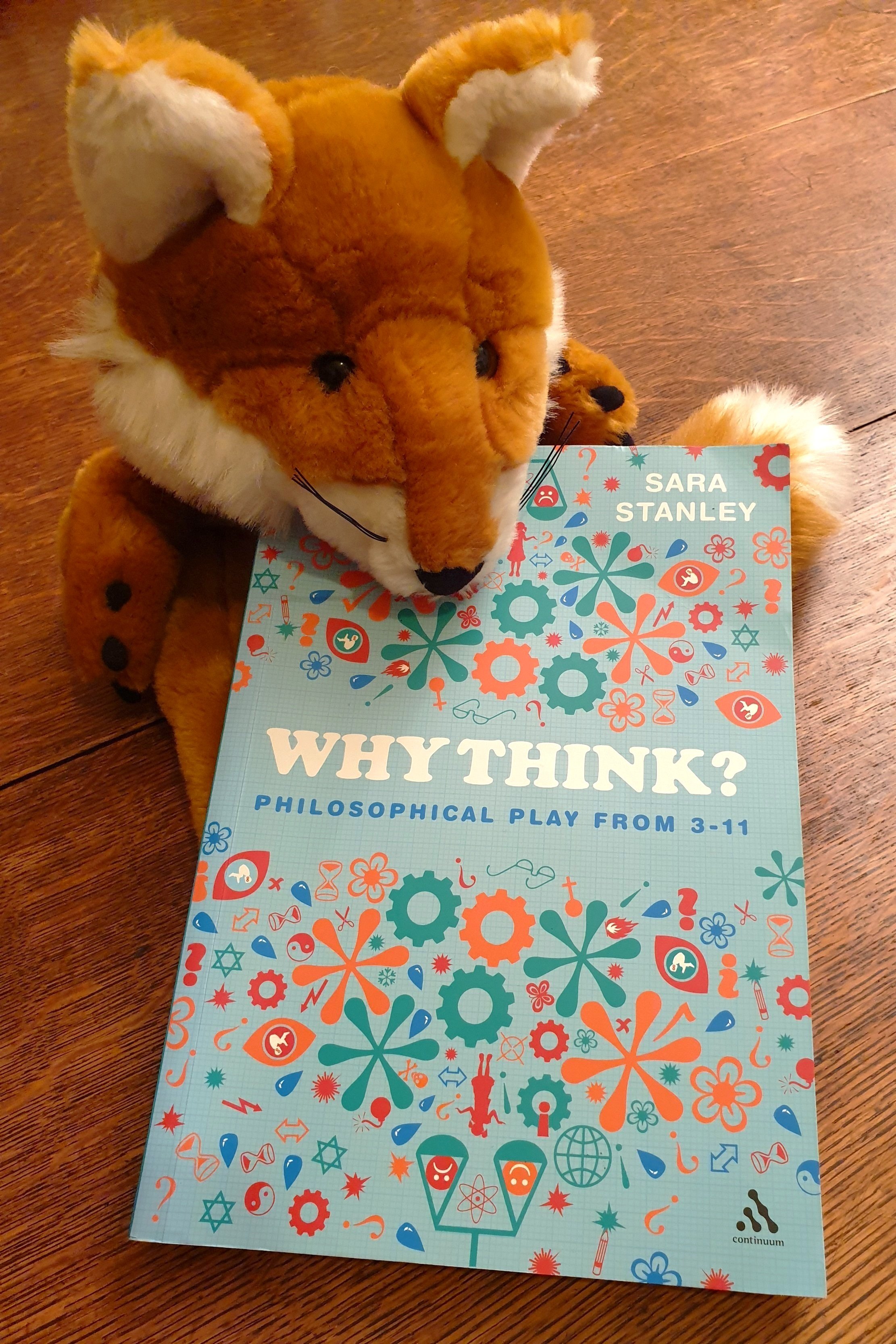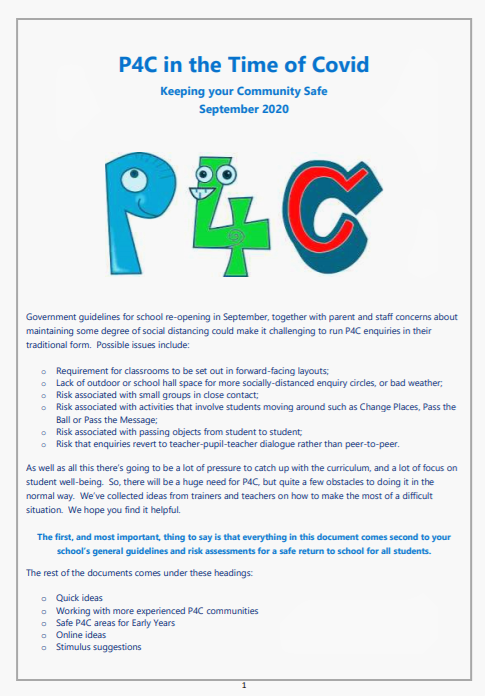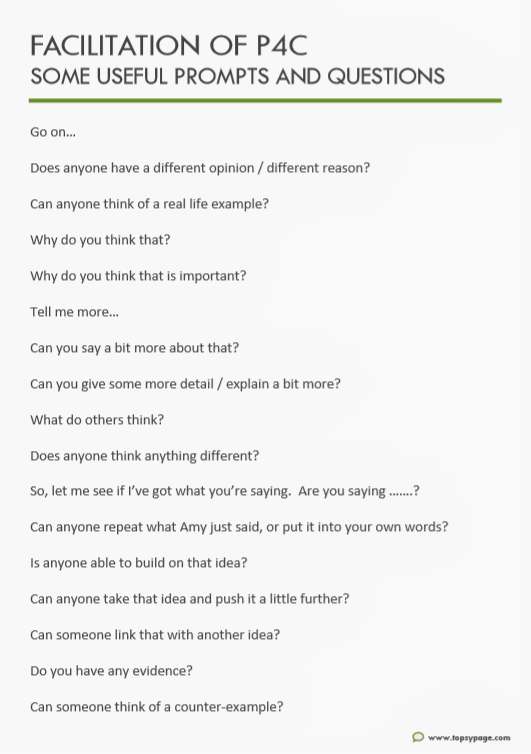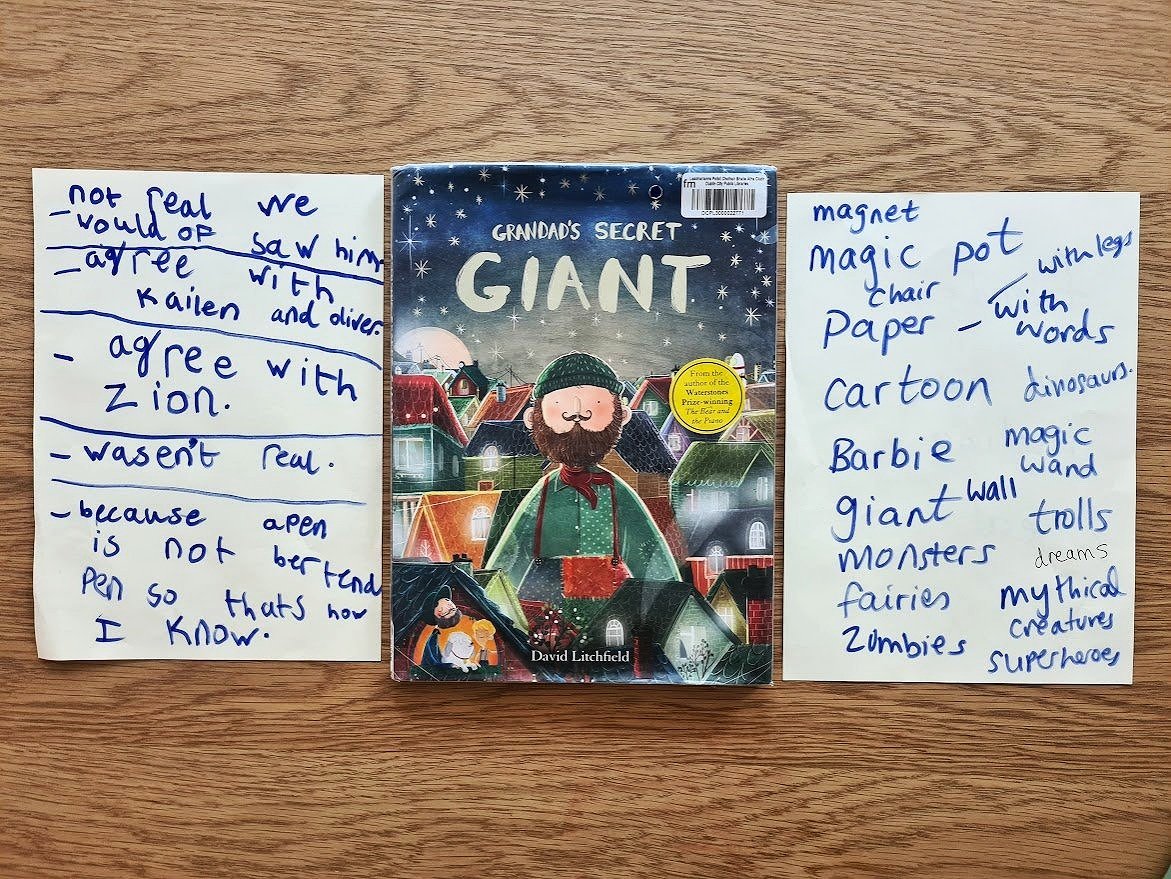
How can we use children’s wonderings to shape P4C sessions? Here’s an example of a lesson where this worked well:
The Year 2 class had been reading Grandad’s Secret Giant by David Litchfield. After a quick voice warm-up, we started the philosophy by asking the children What was interesting or important in the story?
It emerged that some of them were wondering about whether the giant was real or not. So we asked these questions during the session:
Is the giant real? How do you know?
How do we know if something is real?
Can you think of some things that are not real?
The children said things like:
He can’t be real because they couldn’t see him.
I know if something is real, because it can move.
They had started to think both creatively and critically about the concept of ‘real’.
An example of using children’s wonderings to guide a philosophical discussion
Ways to keep everyone engaged and develop the community of enquiry
A detailed description including building, helping, sharing and working together
How to start a question, and think about whether or not it’s philosophical
Over 200 guides to help you do philosophy with children
Packed with example discussion scenarios, this book will help you raise your facilitation game
Full of practical ideas and lovely examples of children’s words; I recommend this book
Tips, games and stimuli to help you maintain high-quality P4C in these unusual times
This summer I was lucky enough to attend the annual summer seminar organised by the Institute for the Advancement of Philosophy for Children (IAPC) based at Montclair State University, NJ.


